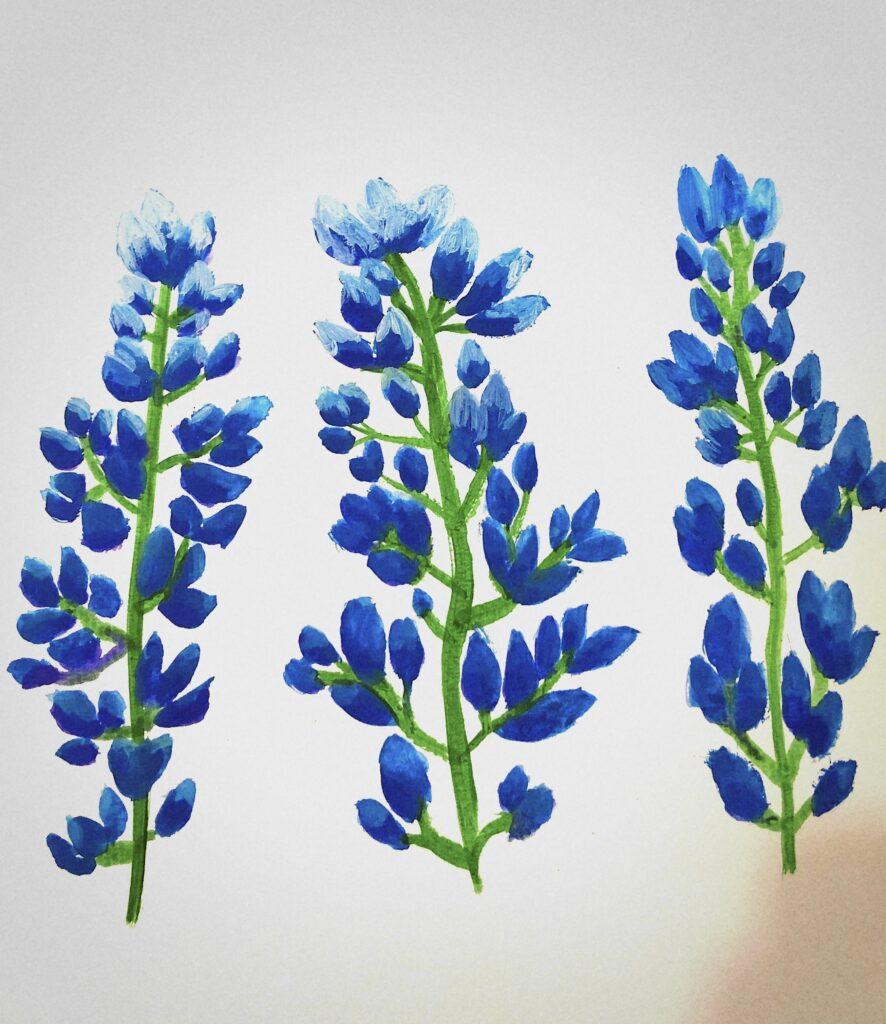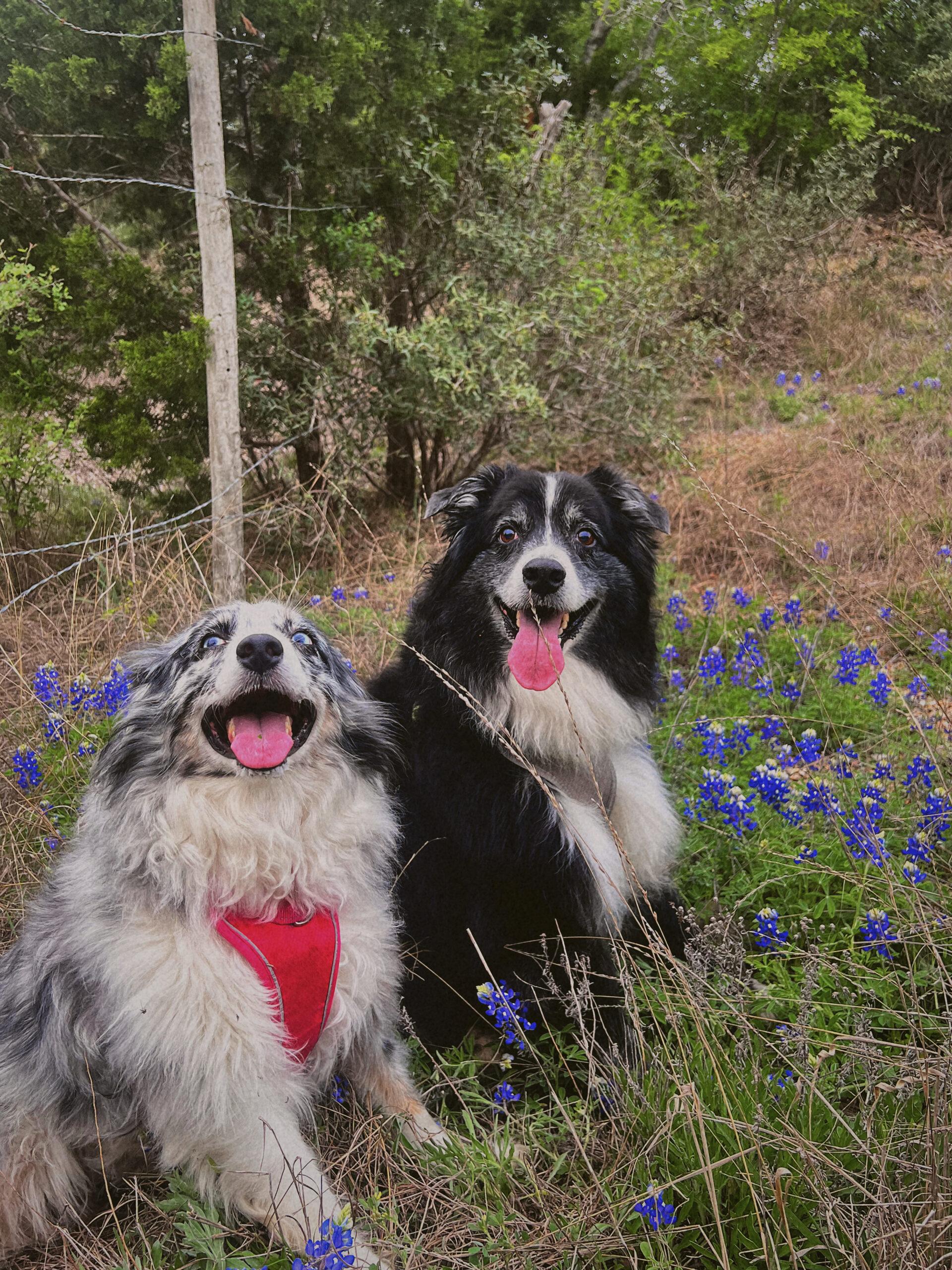If you’ve ever visited Texas in the spring, you may have noticed a sea of blue covering fields and roadsides. These beautiful blue flowers are none other than the state flower of Texas, the bluebonnet. But what’s the deal with bluebonnets in Texas? Why are they such a big deal? Let me be your Texas interpreter and explain.

What are bluebonnets?
First off, bluebonnets are more than just a pretty flower. They have a deep history and significance in Texas culture. According to the Texas State Historical Association, bluebonnets were named the state flower in 1901. Legend has it that a young girl suggested the bluebonnet as the state flower because of its beauty and abundance in the wild. Texans embraced the bluebonnet as a symbol of the state’s natural beauty and independent spirit.

Beyond their cultural significance, bluebonnets also have some interesting characteristics. For example, did you know that bluebonnets are part of the legume family? This means they have a unique ability to fix nitrogen in the soil, making them an important part of the ecosystem. And while bluebonnets are typically blue, they can also be white or pink.
But perhaps the most intriguing thing about bluebonnets is their mysterious nature. According to the Lady Bird Johnson Wildflower Center, bluebonnets have a complex germination process that is still not fully understood. They need a specific combination of temperature and moisture to germinate, and the seeds can lie dormant for years until conditions are just right. This means that some years, bluebonnets may be in abundance, while other years they may be harder to find.
Okay, but why are the highways littered with bluebonnets in Texas?
But have you ever wondered why bluebonnets are so prevalent on our highways? Well, it all started with Lady Bird Johnson, the former first lady and proud Texan. In the 1960s, Lady Bird Johnson launched a national beautification campaign, which included planting wildflowers along America’s highways. She believed that these colorful blooms could improve the aesthetic of the country’s roadways and boost morale for travelers.
And so, in Texas, we have Lady Bird Johnson to thank for the sea of bluebonnets that grace our highways each spring. It’s a tradition that we continue to this day, with the Texas Department of Transportation planting millions of wildflower seeds every year to ensure a vibrant display.
So, what’s the best way to experience bluebonnets in Texas?
The answer is simple: get outside and explore! Take a drive through the Hill Country and you’re sure to see fields of bluebonnets lining the roads. Visit a local park or nature preserve to see bluebonnets up close and personal. And of course, don’t forget to snap a few photos for the ‘gram.
In conclusion, bluebonnets are much more than just a pretty flower. They have a rich history, unique characteristics, and a mysterious nature that makes them a beloved symbol of Texas. So next time you’re in Texas during the spring, take some time to appreciate these beautiful blue flowers and all that they represent.

